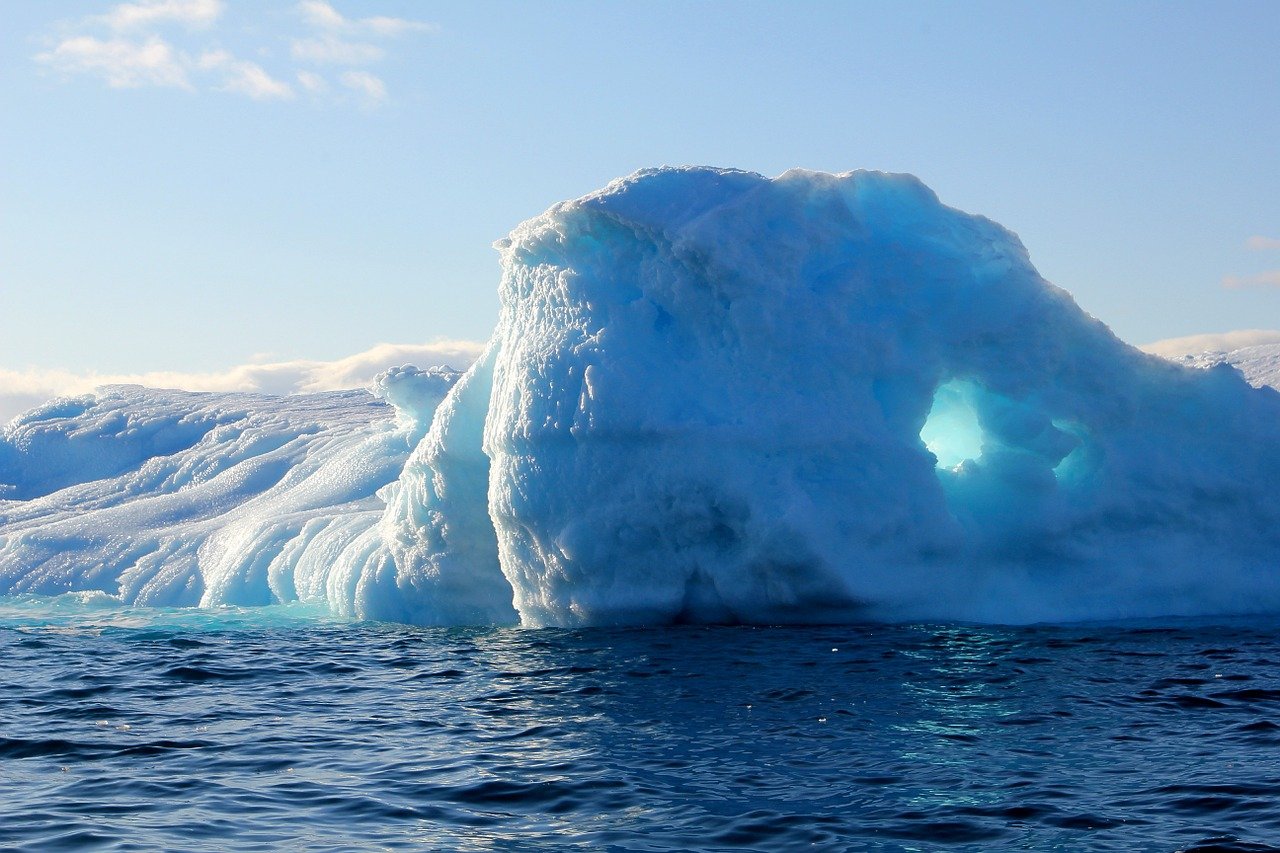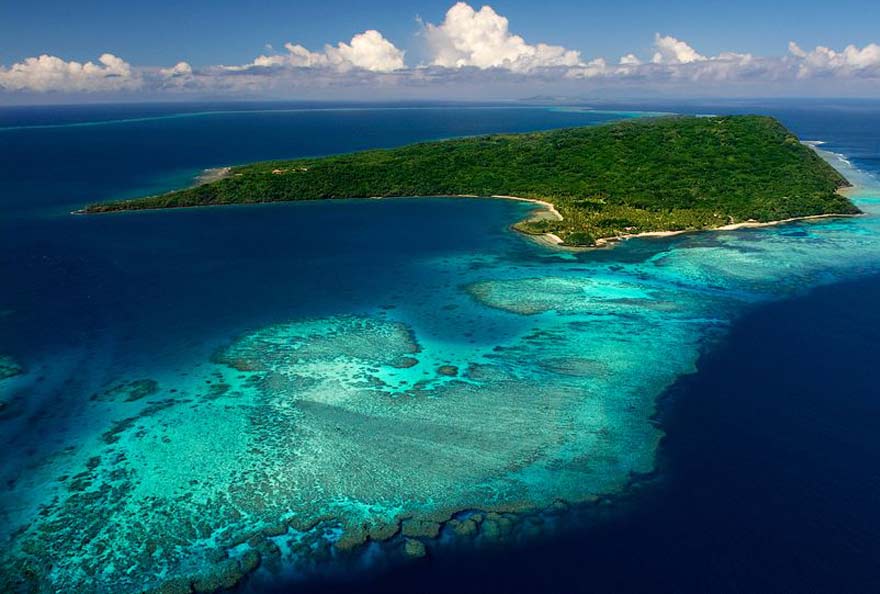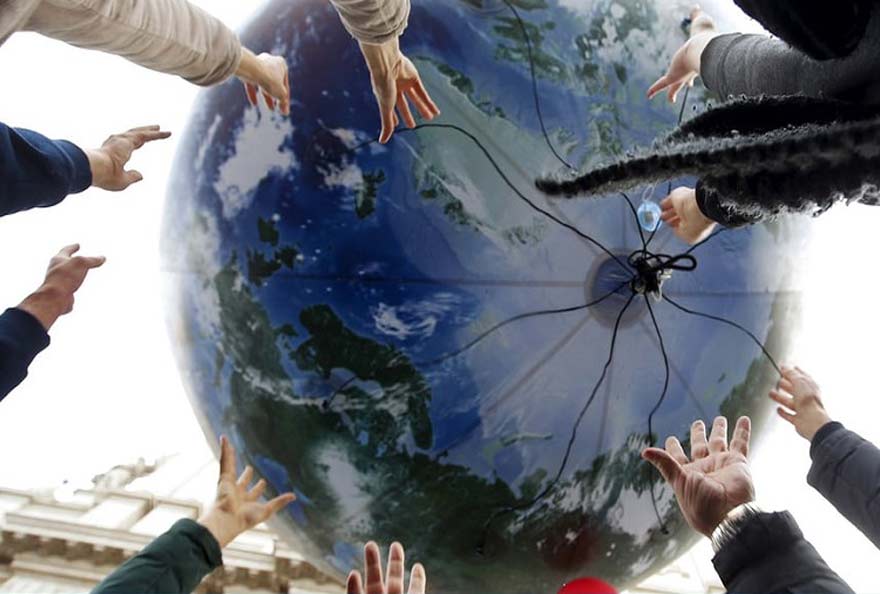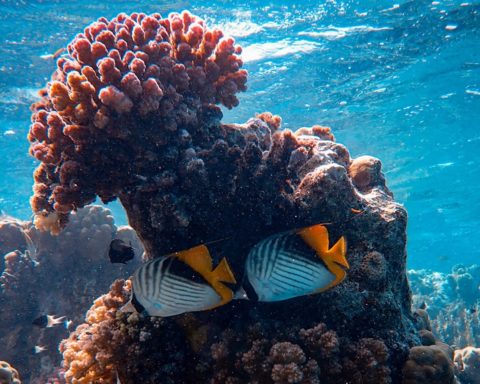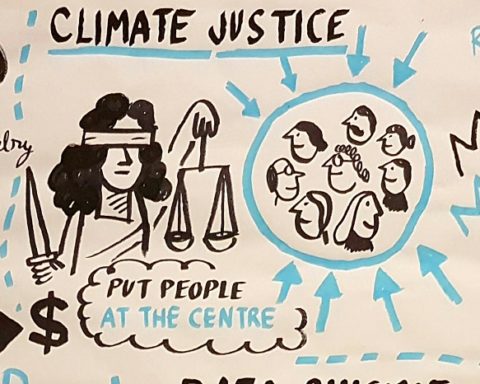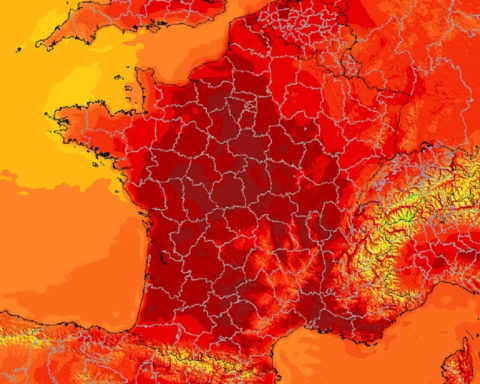Pour la première fois, les données océanographiques du nord-est du Groenland révèlent l’impact à long terme de la fonte de la calotte glaciaire groenlandaise. L’augmentation de la teneur en eau douce observée affectera les conditions de tous les fjords du Groenland et, à terme, les courants océaniques mondiaux qui maintiennent l’Europe au chaud.
Aoday, researchers at the University of Aarhus in Denmark present a 13-year time series of data in the scientific journal Naturewhich shows how melting ice is affecting the coastal waters of northeast Greenland.
Over the years, the dramatic melting of the ice in the Arctic Ocean has been the subject of much attention and is easily observed using satellite images. In addition, glaciers have been observed melting and retreating, and researchers know that the current melting of the Greenland ice sheet has more than doubled compared to the period 1983-2003. It is not known, however, how the increased influx of freshwater will affect the marine environment.
Today, one-off annual measurements carried out since 2003 under the " Greenland Ecosystem Monitoring Program« The results of the study in northeastern Greenland show very clearly that freshwater from the ice sheet accumulates in the surrounding sea surface layers and flows into the Greenlandic fjords.
Measurements were taken in Young Sound Fiord and in the sea outside Young Sound. Here, long time series show that the surface water layers became up to 1.5 times less salty during the measurement period. This is equivalent to an increase in fresh water content from about 1 m in 2003 to almost 4 m in 2015!
Some of the freshwater probably comes from the melting of the Greenland Ice Sheet north of Young Sound and is carried by the East Greenland Current along its eastern coast. From the ocean, freshwater flows into the Greenland fjords where it influences local circulation with impacts on production and ecosystem structure. The more freshwater in the surface water layers, the more difficult it is for the nutrient-rich bottom water to move up to the upper layers where sunlight ensures the production of planktonic algae in summer.
Remember that planktonic algae are the basis of all life in the sea and lower algae production will result in lower fish production. Today, fishing accounts for about 88% of Greenland's exports.
Melting of the ice sheet in northeast Greenland is much less than in south and west Greenland, and researchers warn that the effects could be much more dramatic in other parts of Greenland's coastal waters than in Young Sound.
On a global scale, the increased melting of the ice cap is contributing to sea level rise and may impact on global ocean circulation patterns - the 'thermohaline circulation' or overturning ocean circulation - in which the Gulf Stream is the engine that keeps Europe in a temperate climate.
Detected in all current climate model projections, the slowing of the oceanic overturning circulation could lead to unprecedented climate change. In 2013, the IPCC, based on the results of some 40 climate projections, estimated that this slowdown would take place gradually and over a long time scale. A rapid cooling of the North Atlantic during the 21st century therefore seemed unlikely.
However, in the framework of the European EMBRACE project published In February 2017, a team of oceanographers re-examined these 40 climate projections by focusing on a key point in the northwestern North Atlantic: the Labrador Sea [1]. This sea is the site of a convection phenomenon, which feeds the larger scale oceanic overturning circulation. Its surface waters cool down sharply in winter, become denser than deep water and sink to the bottom. Heat from the deep water is transferred to the surface and prevents pack ice from forming. Choosing to study this convection phenomenon in detail, researchers have developed an algorithm capable of identifying rapid variations in ocean surface temperatures. This "statistical mill" revealed that 7 of the 40 climate models studied projected a complete cessation of convection, resulting in abrupt cooling - 2 or 3 degrees in less than 10 years - of the Labrador Sea, leading to sharp drops in temperatures in coastal regions of the North Atlantic.
Mais un tel refroidissement rapide, simulé seulement par quelques modèles, est-il vraisemblable ? Pour répondre à cette question, les chercheurs se sont penchés sur la variable clé du déclenchement de la convection hivernale : la stratification océanique. Ces variations verticales de la densité des masses d’eau sont bien reproduites dans 11 des 40 modèles. Parmi ces 11 modèles, qui peuvent être considérés comme les plus fiables, 5 simulent une baisse rapide des températures de l’Atlantique Nord !
The new study published by Nature confirme et aggrave ces conclusions. La fiction hollywoodienne « Le jour d’après » serait-elle en train de devenir une réalité ?
1] Abrupt cooling over the North Atlantic in modern climate models, Giovanni Sgubin, Didier Swingedouw, Sybren Drijfhout, Yannick Mary & Amine Bennabi. Nature Communications, 15 February 2017. DOI: 10.1038/ncomms14375


